-
Welcome to Tacoma World!
You are currently viewing as a guest! To get full-access, you need to register for a FREE account.
As a registered member, you’ll be able to:- Participate in all Tacoma discussion topics
- Communicate privately with other Tacoma owners from around the world
- Post your own photos in our Members Gallery
- Access all special features of the site
Offroad/Outdoors Trauma Kit
Discussion in 'Off-Roading & Trails' started by deanosaurus, Oct 7, 2019.


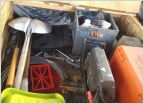 Winch
Winch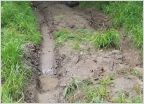 First time getting stuck
First time getting stuck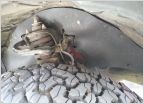 3rd Gen/ 2nd Gen Engine bay Splash Guard/ Rock guards Template.
3rd Gen/ 2nd Gen Engine bay Splash Guard/ Rock guards Template. Looking for Tool Rolls/Containers
Looking for Tool Rolls/Containers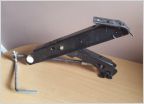 Changing a tire out on the trail
Changing a tire out on the trail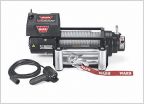 Which winch?
Which winch?











































































